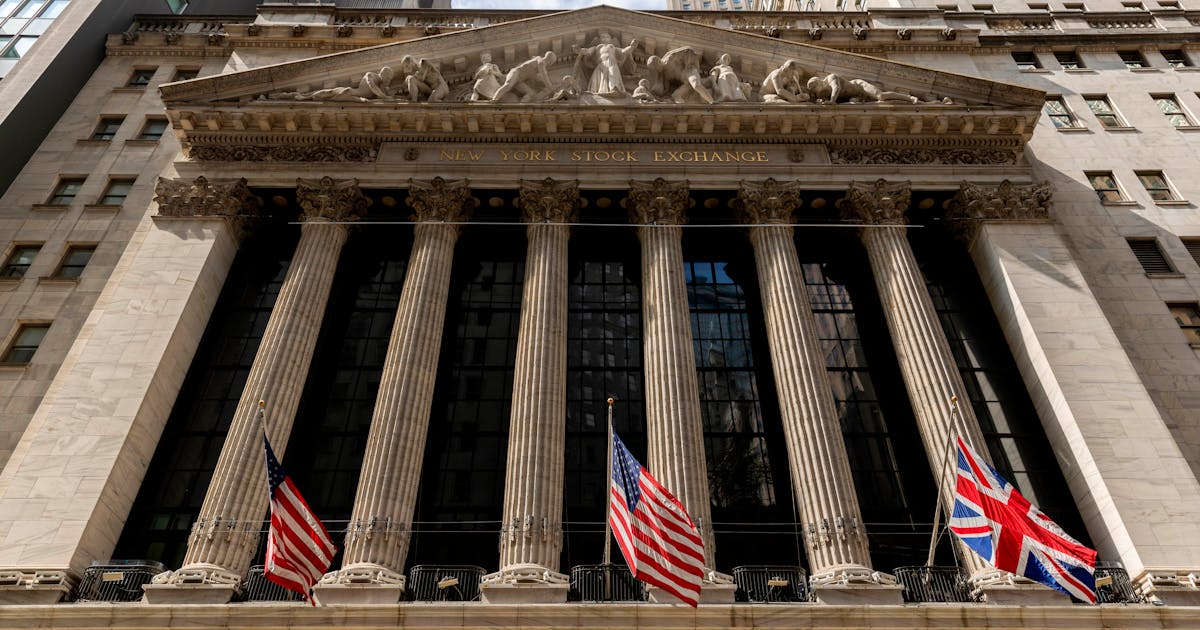
BEIJING — Asian stocks were mixed Friday after Wall Street declined following indications the Federal Reserve might raise interest rates higher than expected to cool inflation.
Shanghai declined while Tokyo and Hong Kong advanced. Oil prices gained.
Wall Street’s benchmark S&P 500 index lost 0.3% on Thursday after a Fed official indicated the U.S. central bank might need to raise its key lending rate as high as almost double its already elevated level to rein in price increases. Officials warned previously that rates might have to be kept high for an extended period, but traders hoped signs of slowing economic activity might cause the Fed to back off those plans.
Traders worry unusually large rate hikes this year by the Fed and central banks in Europe and Asia to stop inflation that is at multi-decade highs might tip the global economy into recession.
“Fed hawks continued to circle the wagons, repeatedly emphasizing their fight against inflation is far from done,” said Stephen Innes of SPI Asset Management.
The Shanghai Composite Index lost 0.2% to 3,110.28 while the Nikkei 225 in Tokyo advanced 0.2% to 27,978.06. The Hang Seng in Hong Kong gained 1% to 18,217.09.
The Kospi in Seoul was 0.6% higher at 2,457.89 and Sydney’s S&P-ASX 200 added 0.2% to 7,153.20.
New Zealand, Jakarta and Bangkok gained while Singapore declined.
On Wall Street, the S&P 500 declined to 3,946.56. The Dow Jones Industrial Average slipped less than 0.1% to 33,546.32. The Nasdaq composite closed 0.3% lower at 11,144.96.
The major indexes are all headed for weekly losses.
Traders expect the Fed to raise its benchmark lending rate again at its December meeting but by half a percentage point after four straight 0.75 percentage point increases, three times its usual margin.
The president of the Federal Reserve Bank of St. Louis reaffirmed the Fed’s position in a presentation Thursday. James Bullard suggested the Fed’s key short-term lending rate may have to rise to between 5% and 7%.
That would require more sharp increases in the Fed’s benchmark rate, which stands at 3.75% to 4%, up from close to zero in March.
The presentation from Bullard follows reports showing inflation is starting to ease but still hot as consumers keep spending amid a very strong jobs market.
“The latest round of Fed speak reminded us that policymakers could remain very hawkish,” said Edward Moya of Oanda in a report. “The Fed may need to continue hiking beyond February.”
Investors also worry about the impact of Russia’s war on Ukraine — which has pushed up prices of oil, wheat and other commodities — and increased anti-virus controls in China.
China’s “zero-COVID” approach has caused a supply crunch for some of Asia’s biggest manufacturers, denting economic growth.
In energy markets, benchmark U.S. crude rose 89 cents to $82.53 per barrel in electronic trading on the New York Mercantile Exchange. The contract fell $3.95 on Thursday to $81.64. Brent crude, the price basis for international oil trading, gained 64 cents to $90.42 per barrel in London. It lost $3.08 the previous session to $89.78.
The dollar declined to 139.70 yen from Thursday’s 140.25 yen. The euro gained to $1.0388 from $1.0364.
Techyrack Website stock market day trading and youtube monetization and adsense Approval
Adsense Arbitrage website traffic Get Adsense Approval Google Adsense Earnings Traffic Arbitrage YouTube Monetization YouTube Monetization, Watchtime and Subscribers Ready Monetized Autoblog
from Wall Street Exchange – My Blog https://ift.tt/YiKGWbB
via IFTTT





